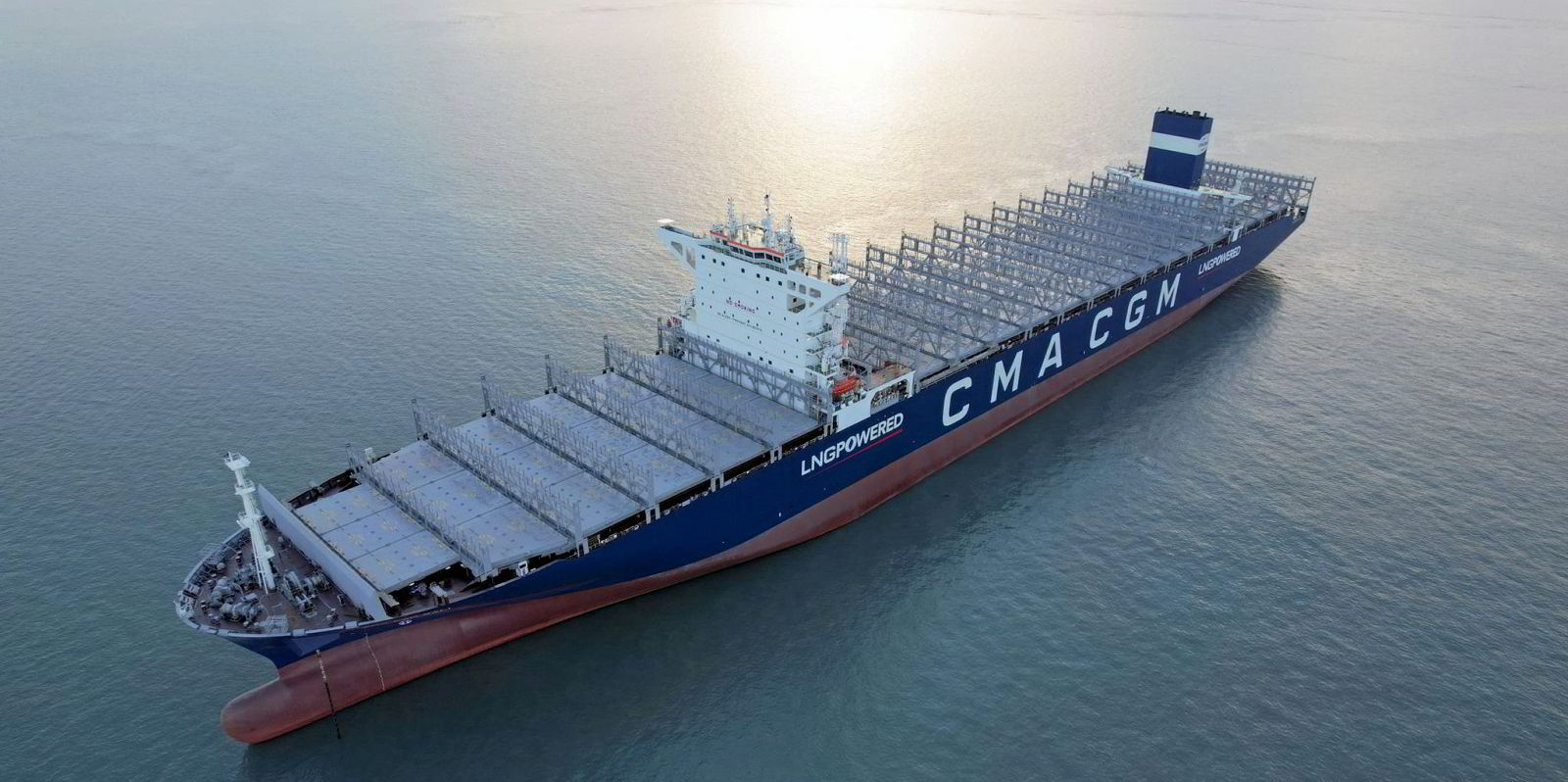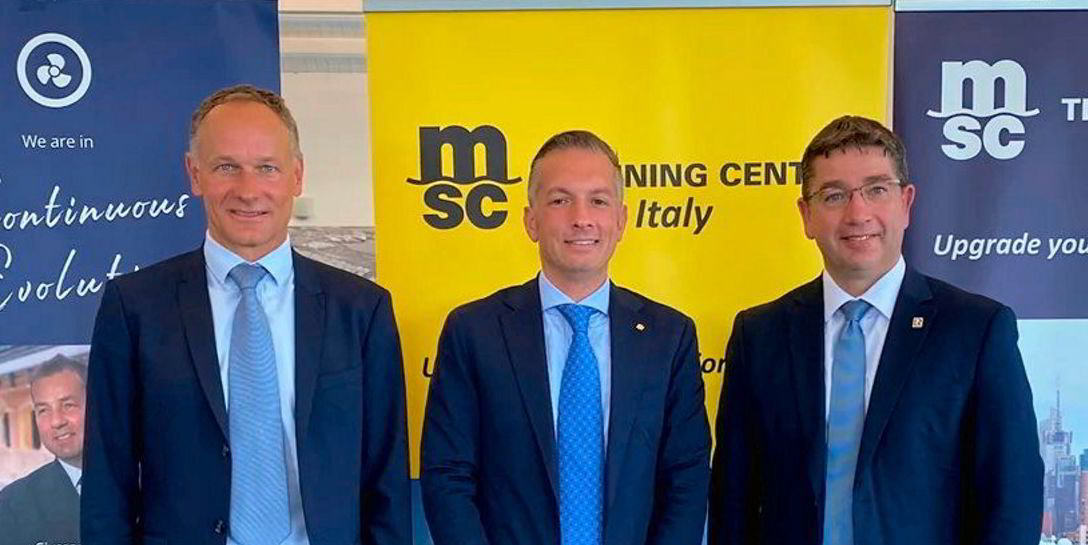Premiums for charters of dual-fuel vessels over conventional fuels are likely to be substantial.
Yet without a carbon tax, there is unlikely to be a premium for the short-term charter of vessels, according to Maritime Strategies International (MSI).
The UK-based consultancy has investigated how the uptake of alternative-fuel vessels will play a significant role in determining the level of charter earnings.
MSI director Will Fray said the picture remains opaque, at “what point does a niche sector become the established benchmark ‘rate-setter’? And, at what point do premiums for one fuel type become a discount for others?”
To answer those questions, the analyst has sought to put a price on the premia of charters and asset values of dual-fuel vessels over conventional tonnage.
Using a 15,000-teu LNG dual-fuel container ship as an example, Fray calculates the current and future charter premia range between 20% and 45% to a conventionally fuelled counterpart.
The premium for a one-year time charter for an LNG container ship currently in service is between 20% and 25%.
That is expected to rise to more than 35% in 2025 to 2030 and over 45% by 2030 to 2035.
For asset values, the premium is currently around 30%. This is expected to decline to just over 20% as the cost of dual-fuel technology gets cheaper.
Carbon tax
Fray believes that without a carbon tax, and with very high low/zero carbon fuel prices, “there is unlikely to be any premium at present for the short-term charter of low/zero carbon-capable vessels”.
That is because “the least expensive method to operate these ships right now remains conventional fuel”, he noted.

That scenario is different for longer-term charters of dual-fuel vessels, especially LNG, which will likely be impacted by regulation and economic factors.
Foremost among those is the European Union Emissions Trading System, slated to enter into force in 2024, imposing a carbon cost on voyages in and out of European ports.
Secondly, the price of LNG bunkers is expected to fall, impacting charter premiums in the coming years.
Forecasts show a turnaround in the price of LNG bunkers, currently priced at a 30% premium to very low-sulphur fuel oil.
Consensus estimates point to a discount of LNG to low-sulphur fuel emerging in 2024 and ultimately settling at about 40% below that of low-sulphur fuels, MSI believes.
“This will provide a significant incentive for LNG dual-fuel ships to consume LNG bunkers, and induce a charter premium for such vessels even without an industry-wide carbon tax being implemented,” said MSI.
Since shipping assets are also tied to expected future earnings, these will be impacted by the cost of fuel and carbon emissions, newbuilding prices and scrap values.
The assumption is that the value of a dual-fuel shipping asset will still be at a premium to a similar conventional one due to the higher newbuilding price.
That assumes that the market expects carbon pricing to gain traction and/or LNG bunker prices to fall in the longer-term, Fray said.
MSI has updated its Forecast Marine eValuator modelling system to incorporate and generate forecasts for dual-fuel ship earnings and values.





